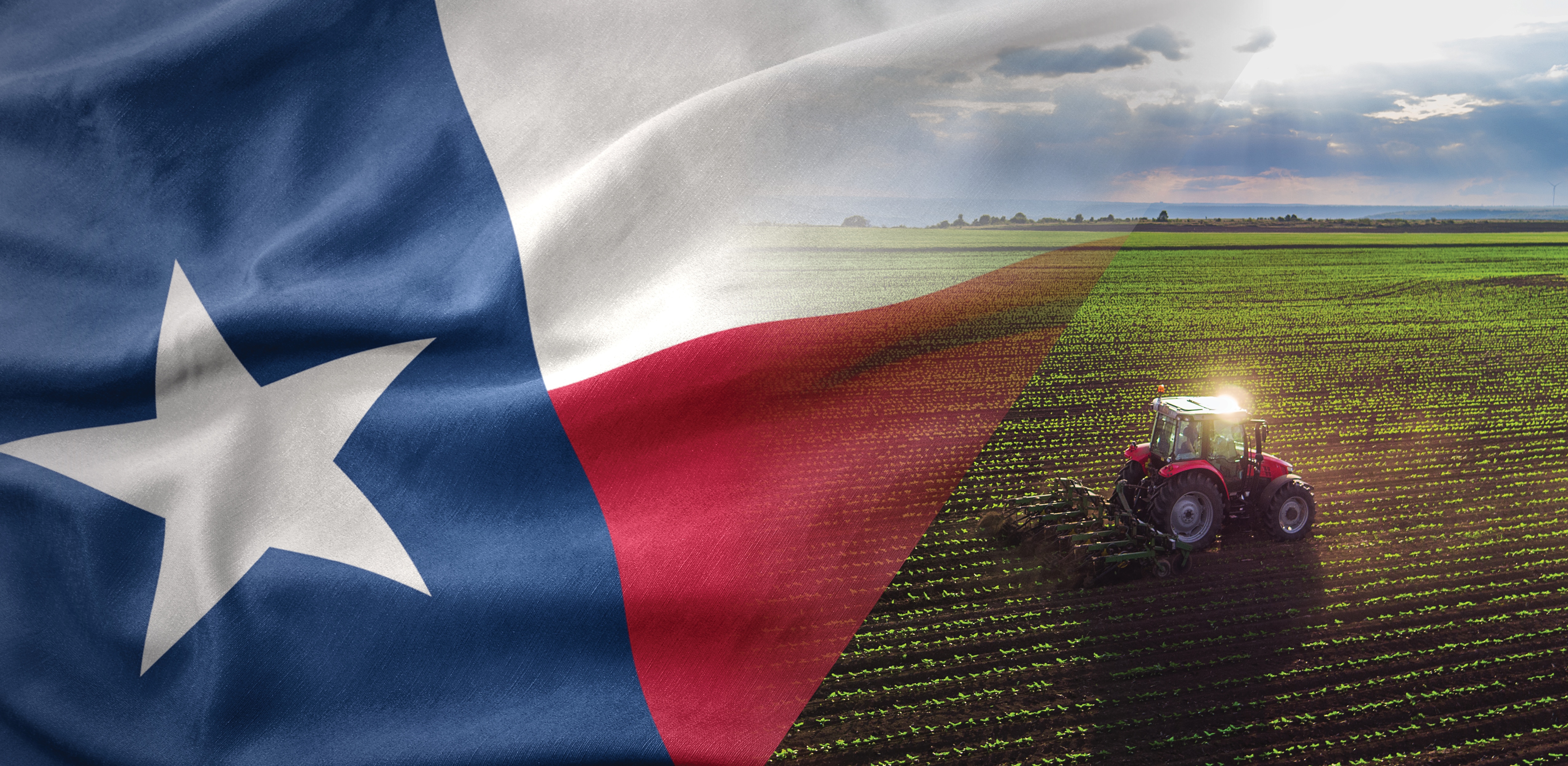The state of Texas sells $25 billion worth of agricultural products each year and has more farms and ranches than any other state. But, within 11 months time, Texas endured the coronavirus pandemic, a hurricane, a drought and, most recently, the devastating February freeze. Temperatures ranged from as low as -12° F in the Panhandle to single digits as far south as Austin and lingered below freezing for 6-7 days over Texas crops.
Farming communities statewide suffered devastating losses. Acres upon acres of crops were killed across the state—leafy green crops and citrus farms in the Rio Grande Valley, onions and cabbage crops near Laredo, fruit trees in Hill Country in Central Texas, greenhouse operations in Dallas—few in the fresh produce industry were spared.
Some have compared the storm to the historic freeze in South Texas in 1989, but that storm took place in December when very few crops were in the ground. This storm was especially devastating because so many valuable spring crops were already planted.
In a letter to the U.S. Department of Agriculture, Gov. Greg Abbott estimated a loss of $305 million in citrus crops alone.
Citrus Impact:
– An estimated 55 percent of the state’s grapefruit crop was still on the trees, therefore a total loss.
– The late Valencia orange crop was a 98% loss.
– This year’s lemon and lime crops were lost.
– Future harvests will be greatly diminished since the ice killed many young trees and damaged older ones that were beginning to bud. Replanting will take time.
Recent estimates predict at least $600 million in losses for Texas farmers and ranchers.
According to the Texas International Produce Association, many leafy green crops were lost entirely. Only three of the more than 40 vegetable crops grown during the winter are expected to survive: onions, cabbage and potatoes.
Livestock suffered significantly:
– Many calves, lambs, and kids did not survive the freeze.
– Water tanks froze.
– Feedlots and dairies ran out of feed.
– Grain-rich grazing fields were damaged.
– Dairies were forced to dump 14 million gallons of milk.
– Poultry operations lost heat, which led to the death of chicks and left hatcheries with eggs that won’t hatch.
Additional impacts:
– Greenhouse operations were impacted due to electricity outages across the state.
– Consumers nationally will likely see price increases because of costs associated with getting products from more distant growing regions like Florida and California.
– The state’s $2 billion horticulture industry, which provides landscaping plants and millions of young vegetable starts and fruit trees, suffered significant losses.
The storm also caused a severe shipping and processing bottleneck that continues to challenge the food-supply chain. Truck drivers were stuck for days waiting to load or unload produce and processing plants had no power.
Texas is simply not equipped to handle a freeze of this magnitude. There aren’t snowplows on standby, salt for roads isn’t readily available, transportation isn’t outfitted to handle icy conditions, and indoor growing operations can’t withstand long stretches with no power regardless of location.
Through it all, however, Texans remain strong and resilient and, in time, they will rebuild from this major setback. A message to Mother Nature: “Don’t Mess with Texas!”

